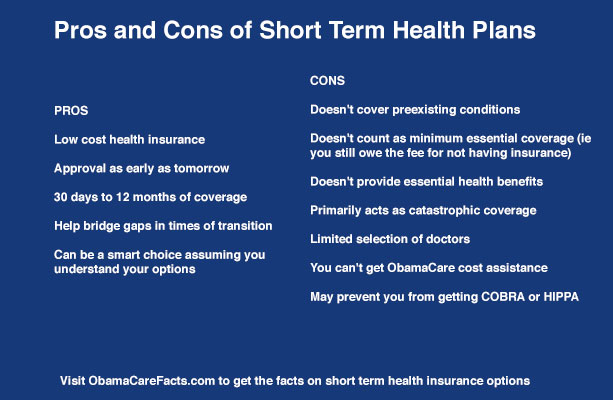Some Ideas on Medicare Advantage Agent You Need To Know
Some Ideas on Medicare Advantage Agent You Need To Know
Blog Article
Indicators on Medicare Advantage Agent You Should Know
Table of ContentsMedicare Advantage Agent for DummiesSome Known Incorrect Statements About Medicare Advantage Agent The Buzz on Medicare Advantage Agent

complies with from perplexing the reasonably young age profile of the without insurance with the better health and wellness, generally, of younger individuals. This covers the web link between health and wellness condition and medical insurance. For those without accessibility to work environment medical insurance, inadequate health and wellness is a potential barrier to purchasing nongroup insurance coverage because such protection might be highly valued, omit preexisting conditions, or be merely unavailable. The variety of uninsured Americans is not especially big and has not transformed in current years. Seven out of 10 participants in a nationally depictive study assumed that fewer Americans lacked medical insurance than in fact do(Fronstin, 1998). About half(47 percent )thought that the number of people without medical insurance lowered or remained constant over the latter fifty percent of the last years(Blendon et al., 1999). This decline of nearly 2 million in the variety of individuals 'without insurance policy (a reduction
of around 4 percent)is certainly a positive change. With a softer economy in 2000 the most up to date reported gains in insurance policy protection may not proceed(Fronstin, 2001 ). The decrease in the number of uninsured will not proceed if the economic climate stays slow-moving and healthcare prices proceed to surpass inflation. This is because the data were collected for a duration of strong financial performance. Of the approximated 42 million people that were uninsured, just about regarding 420,000(about 1 percent)were under 65 years old, the age at which most Americans come to be qualified for Medicare; 32 million were adults in between ages 18 and 65, about 19 percent of all grownups in this age; and 10 million were children under 18 years old, regarding 13.9 percent of all children (Mills, 2000). These quotes of the variety of individuals without insurance are produced from the yearly March Supplement to the Current Populace Study (CPS), carried out by the Census Bureau. Unless or else noted, national quotes of individuals without medical insurance and percentages of the population with various sort of insurance coverage are based on the CPS, the most extensively made use of source of price quotes of insurance coverage and uninsurance prices. These surveys and the quotes they generate are explained briefly in Table B. 1 in Appendix B - Medicare Advantage Agent. These surveys vary in size and tasting techniques, the concerns that are inquired about insurance
The Of Medicare Advantage Agent
coverage, and the time duration over which insurance policy protection or uninsurance is measured(Lewis et al., 1998, Fronstin, 2000a ). Still, the CPS is especially valuable due to the fact that it creates yearly price quotes reasonably promptly, reporting the previous year's insurance protection approximates each September, and because it is the basis for a constant set of estimates for greater than twenty years, permitting analysis of trends in insurance coverage over time.

9 Easy Facts About Medicare Advantage Agent Described
The connection in between health insurance and access to care is well established, as recorded later on in this phase. The connection between health insurance and wellness outcomes is neither direct neither basic, a substantial medical and health and wellness services study literary works web links wellness insurance policy coverage
to improved better to care, better quality, and improved enhanced individual population health statusStanding The second report, on Our site personal wellness outcomes for without insurance adults, is stood for by the innermost circle of the figure, while the 3rd record, on family wellness, includes the topics of the second report yet emphasizes a different system of analysis, particularly, the family.
In addition, it concentrates particularly on those without any type of wellness insurance policy for any type of length of time. The problems faced by the underinsured remain in some aspects similar to those encountered by the without insurance, although they are usually much less extreme. Uninsurance and underinsurance, nonetheless, include distinctly various policy concerns, and the techniques for addressing them might differ. Throughout this research and the 5 check here reports to follow, the major focus is on individuals without any medical insurance and hence no assistance in spending for health care beyond what is offered via charity and safeguard establishments. Health insurance is a powerful factor affecting invoice of treatment since both patients and doctors react to the out-of-pocket cost of solutions. Medical insurance, nevertheless, is neither needed nor enough to get to clinical services. However, the independent and straight impact of health
insurance coverage on accessibility to health solutions is well developed. Others will get the health care they need also without medical insurance, by paying for it expense or seeking it from companies who supply treatment cost-free or at extremely subsidized rates. For still others, health insurance coverage alone does not ensure invoice of treatment due to other nonfinancial barriers, such as an absence of health care companies in their community, minimal accessibility to transportation, illiteracy, or linguistic and cultural distinctions. Formal study concerning uninsured populaces in the USA dates to the late 1920s and very early 1930s when the Committee on the Expense of Medical Treatment generated a collection of records regarding funding doctor office check outs and hospital stays. This issue ended up being prominent as the varieties of clinically indigent climbed during the Great Clinical depression. Empirical research studies continually sustain the link in between access to care and boosted health end results(Bindman et al., 1995; Starfield, 1995 ). Having a visit our website routine resource of care can be considered a forecaster of access, instead of a direct action of it, when wellness outcomes are themselves utilized as gain access to signs. This extension of the idea of accessibility dimension was made by the IOM Committee on Checking Gain Access To to Personal Wellness Care Services(Millman, 1993, p. Whether or not parents are insured appears to affect whether their youngsters get care as well as how much careeven if the children themselves have coverage(Hanson, 1998). The health of moms and dads can affect their ability to look after their children and the degree of family members anxiety. Stressing regarding their kids's accessibility to care is itself a source of anxiety for moms and dads. 3 phases adhere to in this report. Chapter 2 provides an introduction of just how employment-based wellness insurance coverage, public programs and specific insurance coverage policies run and engage to provide comprehensive however incomplete protection of the united state population. This consists of a testimonial of historic patterns and public policies influencing both public and exclusive insurance coverage, a conversation of the interactions amongst the different kinds of insurance, and an examination of why people move from one program to one more or wind up

Report this page